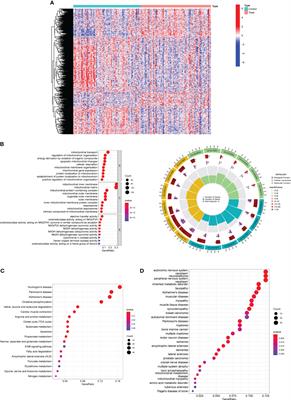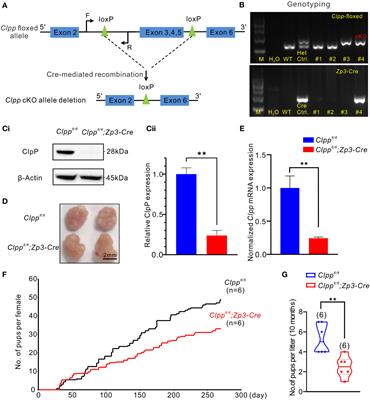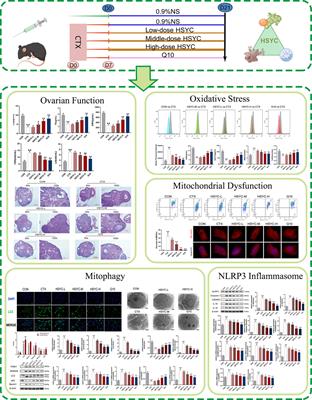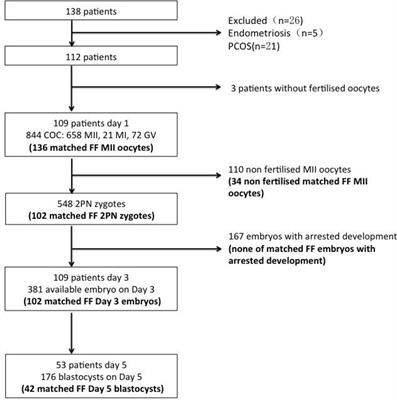EDITORIAL
Published on 05 Aug 2024
Editorial: Cytoprotective role of mitochondria in reproduction
doi 10.3389/fendo.2024.1448126
- 778 views
7,079
Total downloads
18k
Total views and downloads
Select the journal/section where you want your idea to be submitted:
EDITORIAL
Published on 05 Aug 2024
ORIGINAL RESEARCH
Published on 08 Jan 2024

ORIGINAL RESEARCH
Published on 24 Mar 2023

ORIGINAL RESEARCH
Published on 27 Jan 2023

ORIGINAL RESEARCH
Published on 09 Nov 2022

ORIGINAL RESEARCH
Published on 27 Sep 2022

